
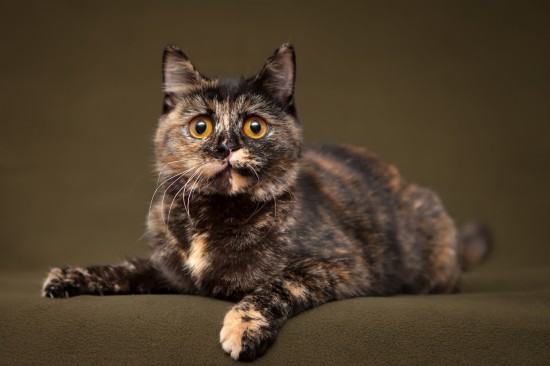
This is part of an ongoing series on cat genetics. If you have not yet read part one and part two, it is strongly recommended that you do so before progressing. It is important that you understand how DNA, genes and inheritance work before continuing.
This is where the genetics of breeding becomes quite difficult. A kitten will generally inherit colour from both parents. However, some colour traits such as the red gene, are sex-linked, meaning that they appear on the leg of the chromosome which is not present in males. Colour genes interact with each other in quite a complex way. In this article, the aim is to provide the purely factual approach, fully explaining the interaction of the genes. However, this may prove difficult for novice readers. If this is the case, it is suggested that you continue to part four of this series, where an easier explanation is given. This will be much more useful to new breeders or moggy owners who do not need full scientific detail at this stage.
It is important to distinguish the difference between phenotype and genotype before progressing further. A cat’s genotype looks purely at the genes that cat possesses. It is not interested in how the cat appears to the human eye, only in its DNA make-up. Phenotype looks only at the actual appearance of the cat, with little relevance given to the genes. For obvious reasons, the two are normally linked. However, with colouring, the genotype and phenotype sometimes differ depending on different gene interaction and expression.
Black should arguably be considered as the base colour for any and all cats. The black gene, normally labelled B in gene tables, codes for the pigment Eumelanin. This is a black pigment which infiltrates the hairs as they form. It is dominant in that, if there are no modifier genes, only one copy is necessary for a cat to appear phenotypically black. This is arguably the reason why black moggies are so common, in that almost every cat has the ability to produce black kittens depending upon what they mate with. As moggy matings are rarely controlled, black tends to predominate.
Black has different variations, and thus, different expressions. As mentioned, the dominant B will produce a black coat. However, the gene also has recessive alleles which allow different shades to be produced. If a cat has copies of the b allele, then the cat will appear brown or chocolate. Copies of the bl allele lead to a cinnamon coat colour.
Red is a sex-linked gene. Whereas the male decides what sex the offspring will become, the female will decide whether male offspring are red or not, and both parents must provide a copy of the red gene in order for a red female kitten to be produced. This gene codes for a red pigment known as Phaeomelanin. Commonly referred to as ginger, the depth of the red is dictated by separate polygenes, not fully understood at present. One copy of the red gene O in boys will give a phenotype of red, and two copies of OO in girls will give the same. If the cat possesses oo, i.e. the recessive form of the gene, then black, with all the above variation possibilities, will be allowed to express.
These are known as tortoiseshells, and are almost exclusively female due to the fact that red resides only on the X chromosome. These cats have the genotype Oo, meaning that they have one copy of the Phaeomelanin producing variation, and one non-melanin. However, as o is recessive, this should still be enough to allow red to dominate the full coat. In these cats however, X Inactivation occurs, where one X chromosome in each cell is randomly deactivated. If the inactivated X has the dominant O on it, then black will be allowed to express. If it does not, then the fur will appear red. This is the reason for the patch effect, and it is also the reason that no two tortoiseshell cats, even if directly cloned, appear alike. Very occasionally, you may come across a male tortoiseshell cat, but these are normally infertile due to having an XXY formation of chromosomes rather than XY. This normally happens due to the fusing of two embryos in the womb. Only 1 in 3000 tortoiseshells is male.
This gene, more commonly known as dilute, codes for the formation of melanophilin, a protein involved in the transportation and deposition of pigment. If the cat has the dominant D form of the gene, then the coats will remain dark. However, if two recessive alleles (d/d) are present, then the coat colour changes. This impacts on all coat colours other than white. As it is recessive, both parents must provide a copy. d/d changes black coats to blue (commonly referred to as grey), red coats to cream, cinnamon coats to fawn, and chocolate coats to lilac. The gene can be carried for generations prior to being expressed phenotypically. Therefore it is possible to have two red parents produce a cream kitten.
This gene, coded as Dm, is proposed to exist based on colours commonly seen on the show bench, but is still under debate. It caramelises dilute colours. Cats are referred to as blue based caramel, lilac based caramel etc. There is also a phenomenon mainly observed in Norwegian Forest Cats. A mutation at the E/e extension locus, changes Eumelanin to amber pigment by interfering with the melanocortin receptor.
White deserves a category of its own because it tends to trump all other gene combinations to give a phenotype of white. It does this by preventing the creation and migration of pigment making cells while the embryo is still developing. Because of this, cats who express the gene have very few melanocytes which can lead to increased risk of skin cancer. It is phenotypically dominant, meaning that it only takes one white parent to produce white kittens. It is also epistatic, meaning that, no matter what other genes the cat carries for coat colour, they will appear white phenotypically. If breeding whites, it is important to know what coat colours the white is masking.
Some cats display white areas, yet still show other coat colours which, by the above example, should not be possible. However, there is also a white spotting gene, coded as S/s, which allows cats to express white in spots or patches. Many people believe that there are different forms of this gene which allows Ragdolls and Snowshoes to show white mittens, and other breeds to show a tuxedo or bi-colour pattern. Only one copy of S is needed for phenotypic expression.
For a simpler explanation of how colour is inherited, please continue to part four of this series. If you would like to move straight to coat pattern, please proceed to part 5.
1) Cat Genetics Part One - What is a Gene?
2) Cat Genetics Part Two - Inheritance
3) Cat Genetics Part Three - Coat Colour
4) Cat Genetics Part Four - Coat Colour - The Easy Version
5) Cat Genetics Part Five - Coat patterns and matings
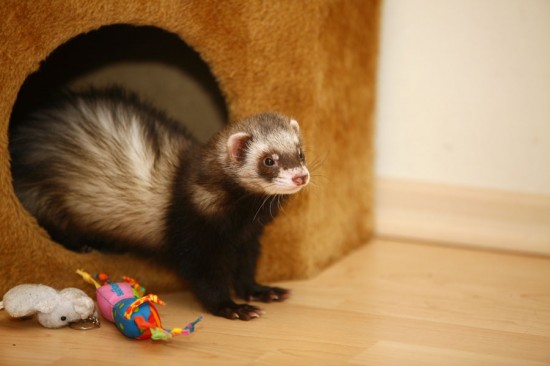 Keeping Ferrets As Pets
Keeping Ferrets A
Keeping Ferrets As Pets
Keeping Ferrets A
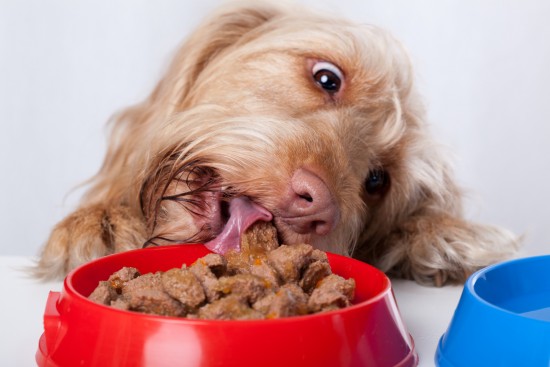 How To Minimise The Chances Of Your Dog Developing Bloat
How To Minimise T
How To Minimise The Chances Of Your Dog Developing Bloat
How To Minimise T
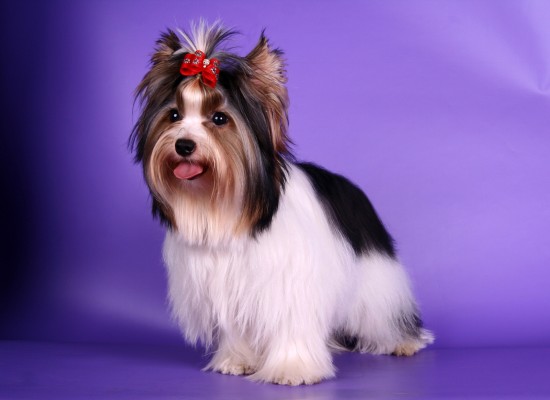 Health Issues Seen In The Biewer Terrier
Health Issues See
Health Issues Seen In The Biewer Terrier
Health Issues See
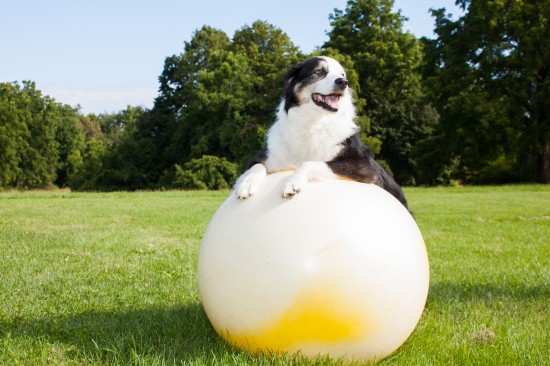 Try Treibball With Your Dog - The Newest Canine Sport!
Try Treibball Wit
Try Treibball With Your Dog - The Newest Canine Sport!
Try Treibball Wit
 Find Vital Pet Vaccines at Mansfield Animal Hospital
Find Vital Pet Vaccines at Mansfield Animal Hospital
Find Vital Pet Vaccines at Mansfield Animal Hospital
Find Vital Pet Vaccines at Mansfield Animal Hospital
Copyright © 2005-2016 Pet Information All Rights Reserved
Contact us: www162date@outlook.com